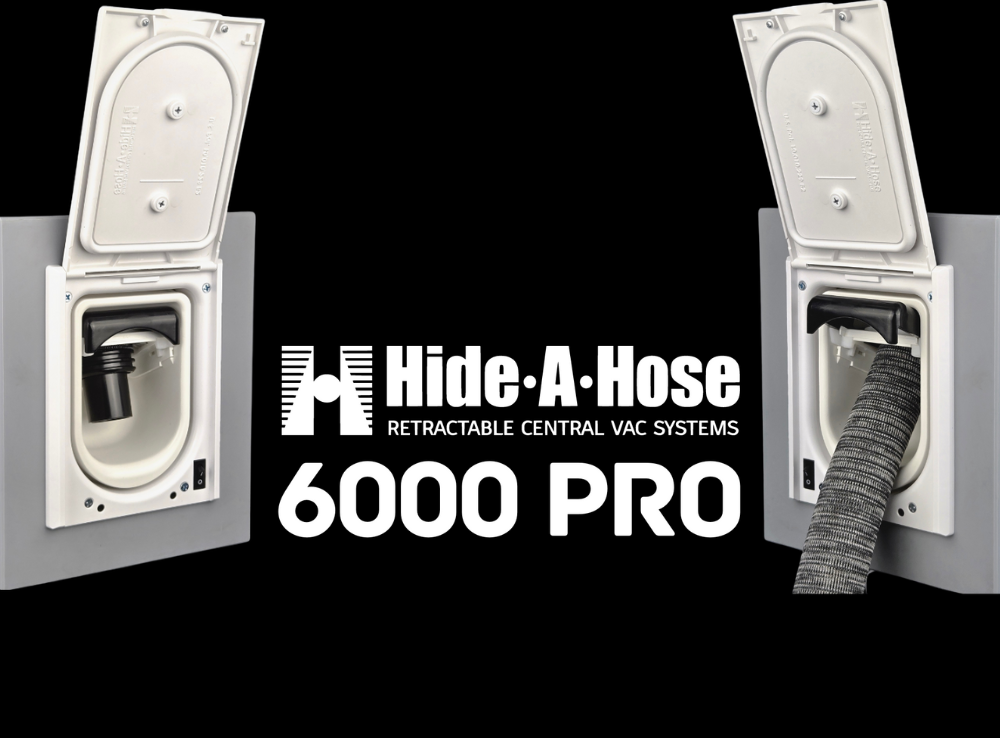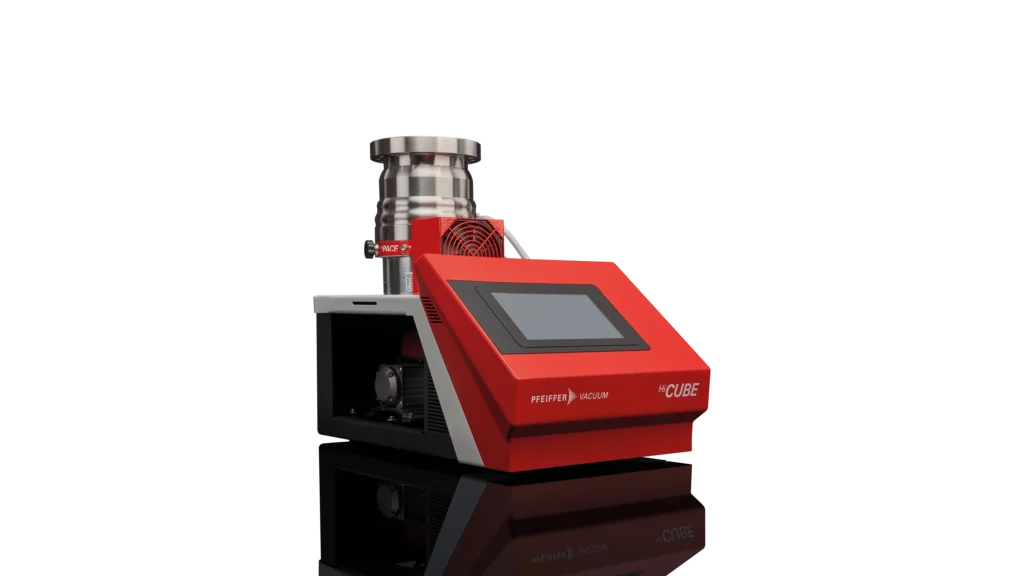Vacuum technology is evolving rapidly. New advancements are on the horizon.
In the past, vacuums were simple and functional. Today, they are high-tech and efficient. The future promises even more exciting developments. Imagine a vacuum that cleans without your help. Or a device that maintains air quality in your home. These innovations are not far off.
With smart technology and AI, vacuums will transform our lives. This blog will explore what’s coming next. Get ready for a sneak peek into the future of vacuum technology. It’s more fascinating than you might think.
Advancements In Vacuum Technology
The world of vacuum technology is evolving rapidly. It is crucial for many industries. As technology advances, new and exciting developments emerge. These advancements promise greater efficiency, precision, and capabilities.
Latest Innovations
Recent innovations in vacuum technology are exciting. One significant development is the improvement in vacuum pumps. Modern pumps are more powerful and efficient. They consume less energy and have longer lifespans.
Another breakthrough is in vacuum chambers. New materials make these chambers more durable. They can handle higher pressures and temperatures. This means better performance in demanding applications.
Automation is also a key trend. Advanced sensors and controls now allow for smarter operation. This reduces the need for manual intervention. It ensures consistent performance and better outcomes.
Impact On Industries
Advancements in vacuum technology affect many industries. In manufacturing, better vacuums mean higher quality products. They help remove contaminants and improve product consistency.
In healthcare, new vacuum technologies aid in medical device production. They ensure devices are sterile and safe for use. This leads to better patient outcomes.
The electronics industry benefits too. Improved vacuums are crucial in semiconductor manufacturing. They help create smaller, more powerful chips.
Even in space exploration, advanced vacuum technology is vital. It helps simulate the harsh conditions of space. This ensures spacecraft and equipment can withstand the journey.
Nano-scale Vacuum Systems
Nano-scale vacuum systems represent the next step in vacuum technology. They offer enhanced precision and efficiency for various scientific and industrial applications. These systems promise exciting advancements in miniaturized devices and processes.
Vacuum technology has made significant strides over the years, and one of the most exciting developments is the emergence of nano-scale vacuum systems. These systems operate at an incredibly small scale, opening up new possibilities in various fields. If you’ve ever wondered where this technology could take us, you’re in the right place.Applications
Nano-scale vacuum systems have numerous applications. They’re crucial in the semiconductor industry, where they help create smaller, more efficient electronic components. Imagine your smartphone running faster and consuming less power.In medical research, these systems enable precise manipulation of biological samples. This could lead to breakthroughs in treatments and diagnostics, making healthcare more effective.They’re also used in space exploration. Nano-scale vacuums can help develop better sensors and instruments for space missions. This means more accurate data and potentially discovering new planets.Benefits
The benefits of nano-scale vacuum systems are extensive. They offer higher precision and control, essential for advancements in technology and science.These systems are energy-efficient. They require less power to operate, which is not only cost-effective but also environmentally friendly.Smaller size is another advantage. Nano-scale vacuums take up less space, making them ideal for compact devices. Think of all the gadgets you use daily—they could become even more portable and efficient.Moreover, these systems improve the quality and reliability of products. For instance, in manufacturing, they ensure higher accuracy, reducing defects and increasing productivity.So, what do you think? Are you excited about the future possibilities of nano-scale vacuum systems? They could revolutionize various industries and improve our daily lives in ways we can’t yet fully imagine. Keep an eye on this technology—it’s shaping the future.Energy Efficiency Improvements
Energy efficiency is a major focus in the future of vacuum technology. With rising energy costs and environmental concerns, improving energy efficiency is crucial. Enhancements in vacuum technology aim to reduce energy consumption while maintaining performance.
Sustainable Designs
Modern vacuum systems incorporate sustainable designs. These designs use materials that have less environmental impact. Engineers are prioritizing eco-friendly materials and manufacturing processes. This results in a smaller carbon footprint and a greener future.
Energy-efficient motors and pumps are also being developed. These components use less energy and produce less heat. This leads to longer-lasting equipment and fewer replacements. Energy-efficient designs are also quieter, which improves the user experience.
Cost Savings
Energy-efficient vacuum technology offers significant cost savings. Lower energy consumption means reduced electricity bills. This is a major benefit for both residential and commercial users. Efficient systems also require less maintenance. This reduces repair costs and downtime.
Investing in energy-efficient vacuum technology is financially wise. The initial cost may be higher, but the long-term savings are substantial. Users can expect lower operating costs and a quicker return on investment.

Credit: www.facebook.com
Smart Vacuum Technology
The future of vacuum technology is bright. Smart vacuum technology is leading this evolution. These advanced devices are transforming how we clean our homes. They offer convenience, efficiency, and intelligent features. Let’s delve into what makes smart vacuum technology so promising.
Automation
Smart vacuums come with high-level automation. They can clean your home with minimal human intervention. You can set cleaning schedules. The vacuum will follow these schedules precisely. Some models even return to their charging docks when the battery is low. Automation ensures your home stays clean with little effort.
Integration With Iot
Integration with the Internet of Things (IoT) sets smart vacuums apart. These vacuums can connect with other smart home devices. You can control them via your smartphone or voice assistants. Imagine starting your vacuum with a simple voice command. Or adjusting settings from anywhere in the world. This connectivity adds a new layer of convenience.
Medical Applications
The future of vacuum technology holds immense potential for medical applications. As advancements continue, vacuum technology is poised to enhance sterilization processes and precision surgery, driving significant improvements in patient care. These innovations promise not only to streamline medical procedures but also to elevate the standard of healthcare.
Enhanced Sterilization
Maintaining a sterile environment is crucial in medical settings. Any lapse can lead to severe infections. Vacuum technology is set to revolutionize sterilization by making it more effective and efficient.
Imagine a machine that can eliminate bacteria and viruses from surgical tools faster than ever before. This isn’t science fiction; it is becoming a reality. Next-gen vacuum sterilizers can penetrate even the smallest crevices of medical instruments, ensuring they are completely germ-free.
These advancements are not just faster but also safer. Traditional methods often rely on high temperatures, which can damage delicate instruments. Vacuum technology offers a gentler alternative, preserving the integrity of these tools while ensuring they are thoroughly sterilized.
Have you ever wondered if there’s a better way to keep hospital environments sterile? With vacuum technology, the answer is a resounding yes. This innovation could significantly reduce infection rates, making hospitals safer for everyone.
Precision Surgery
Precision is paramount in surgery. A slight error can have significant consequences. Vacuum technology is set to enhance surgical precision, making procedures more accurate and outcomes more predictable.
Consider robotic-assisted surgeries. These systems already offer high precision, but integrating vacuum technology can take it a step further. By stabilizing the surgical field, vacuum systems can minimize movement, allowing for more controlled and precise cuts.
This is particularly beneficial in delicate surgeries, such as those involving the brain or heart. The vacuum technology can help surgeons operate with unparalleled accuracy, potentially improving recovery times and reducing complications.
Have you ever thought about how precise surgical tools need to be? With vacuum technology, the margin for error could shrink even further, leading to better surgical outcomes. This could mean the difference between a successful procedure and a life-threatening complication.

Credit: hideahose.com
Space Exploration
Future advancements in vacuum technology promise to improve space exploration. Enhanced vacuum systems will enable longer missions and better equipment. These innovations could lead to more discoveries in the cosmos.
Space exploration has always fascinated humans. With advancements in technology, the possibilities of what we can achieve in space are expanding. Vacuum technology plays a crucial role in this journey, enabling missions that were once only dreams.Vacuum In Space Missions
Vacuum technology is vital in space missions. It ensures that instruments can operate in the harsh conditions of space. Without it, we wouldn’t be able to explore planets or even conduct basic scientific experiments.One of the most exciting uses of vacuum technology is in the International Space Station (ISS). The ISS relies on vacuum systems to conduct research and maintain a livable environment for astronauts. This allows scientists to study the effects of microgravity on various materials and biological systems.Vacuum technology also helps in propelling spacecraft. Ion thrusters, for instance, use a vacuum to accelerate ions, providing a continuous and efficient thrust. This technology could enable long-duration missions to distant planets.Future Prospects
The future of vacuum technology in space exploration looks bright. With the development of more advanced systems, we can expect to see missions reaching farther into our solar system and beyond.One promising area is the use of vacuum technology in 3D printing. Imagine printing tools and components in space without the need for Earth-based supplies. This could revolutionize how we build and maintain spacecraft.You might wonder, what about space tourism? Vacuum technology will be essential in creating safe and comfortable environments for space tourists. Companies are already working on space habitats that use advanced vacuum systems to protect passengers from the vacuum of space.Another exciting prospect is the potential for mining asteroids. Vacuum technology could help extract valuable resources from these space rocks. This could provide materials for construction and fuel, reducing our reliance on Earth-based resources.As you think about these possibilities, consider this: How will vacuum technology shape the future of humanity’s presence in space? Your curiosity and support for space exploration could be part of the answer.Environmental Impact
The future of vacuum technology is not just about better performance; it’s also about reducing its environmental footprint. As more industries and households adopt vacuum technology, its environmental impact becomes increasingly significant. Companies are now focusing on innovations that minimize emissions and use sustainable materials.
Reducing Emissions
One of the primary goals in the future of vacuum technology is to reduce emissions. Traditional vacuum cleaners often release dust and pollutants back into the air. Newer models aim to capture these particles more effectively, ensuring cleaner air in your home.
Manufacturers are also developing vacuums with energy-efficient motors. These motors consume less power, reducing your carbon footprint. As a bonus, they can lower your electricity bills.
Imagine a vacuum cleaner that not only cleans your floors but also purifies the air. Some cutting-edge models are already incorporating air purification technologies. This dual functionality ensures you’re breathing cleaner air while maintaining a spotless home.
Eco-friendly Materials
The materials used in vacuum technology are also evolving. Many traditional vacuums are made from plastics that take centuries to decompose. In contrast, future models are likely to use biodegradable or recyclable materials.
Some companies are experimenting with plant-based plastics and recycled metals. These materials reduce waste and are more sustainable. You can feel good knowing your vacuum cleaner doesn’t contribute to landfill overflow.
Additionally, there is a trend toward designing longer-lasting products. A vacuum that lasts a decade or more reduces the need for frequent replacements. This longevity not only saves you money but also reduces the demand for new raw materials.
What changes in vacuum technology are you most excited about? Share your thoughts and let’s discuss how we can all make more eco-friendly choices.

Credit: www.electroluxgroup.com
Challenges And Solutions
As vacuum technology continues to evolve, it faces numerous challenges that require innovative solutions. Understanding these challenges and finding ways to overcome them is crucial for the future of this field. Let’s explore the main technical hurdles and the innovative approaches being developed to address them.
Technical Hurdles
One of the primary technical hurdles in vacuum technology is achieving ultra-high vacuum levels consistently. This requires highly specialized equipment and extreme precision.
Another significant challenge is maintaining the integrity of vacuum seals. Even the smallest leak can compromise the entire system, leading to costly repairs and downtime.
Heat management in vacuum systems is also a critical issue. Excessive heat can damage sensitive components, making it essential to find effective cooling solutions.
Innovative Approaches
To tackle the challenge of achieving ultra-high vacuum levels, researchers are developing advanced pumping technologies. These pumps are more efficient and capable of reaching lower pressures.
Improving vacuum seals involves using new materials and designs. Innovations like metal gaskets and advanced polymer seals are helping to minimize leaks and enhance system reliability.
For heat management, engineers are exploring the use of cryogenic cooling systems. These systems can effectively dissipate heat, protecting delicate components and ensuring stable operation.
Have you ever faced a technical challenge that seemed insurmountable? How did you overcome it? Share your experiences and insights in the comments below. Your input could help others in the field of vacuum technology.
Frequently Asked Questions
What Is The Future Scope Of Smart Vacuum Cleaner?
The future of smart vacuum cleaners looks promising. Advancements in AI, automation, and IoT will drive innovation. Increased efficiency, connectivity, and user-friendly features will enhance their appeal. Demand for smart homes will boost their market growth.
What Is The Best Vacuum Mop Robot 2025?
The best vacuum mop robot in 2025 is the iRobot Roomba Combo j7+. It offers advanced navigation, powerful suction, and efficient mopping capabilities.
Are Robot Vacuums Improving?
Yes, robot vacuums are improving. They now offer better navigation, stronger suction, and advanced features like self-emptying bins.
What Are The Industrial Applications Of Vacuum Technology?
Vacuum technology is used in industrial applications like semiconductor manufacturing, vacuum coating, freeze drying, and electron microscopy. It ensures precise control and quality.
Conclusion
Vacuum technology advances rapidly. New features make our lives easier. Expect quieter, more efficient models soon. These innovations will save time and energy. Cleaner homes with less effort. Exciting possibilities lie ahead. Stay updated with the latest trends. Your perfect vacuum may be just around the corner.
Keep an eye on new releases. Embrace the future of vacuum technology.





